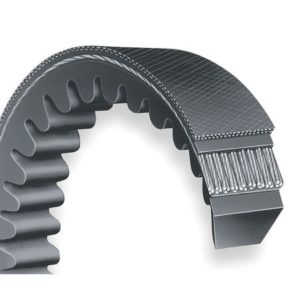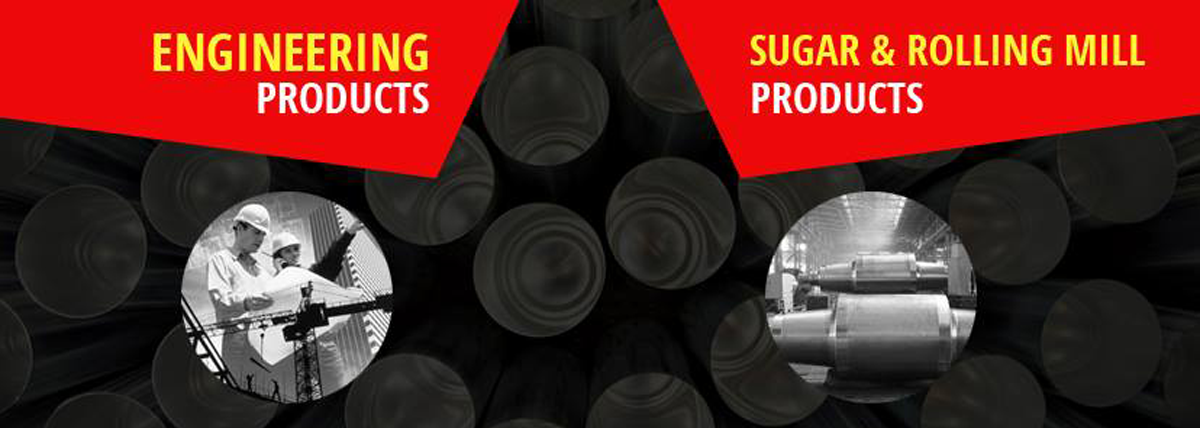
Power transmission belting has been around for more than two centuries. The first variety that was brought forth was the flat belts running on flat pulleys. Later on, V-groove pulleys were introduced to decrease belt tension and these ran with the help of hemp or cotton ropes. It was in 1917 that the vulcanized rubber V-belt was introduced.
Belting Systems in Use
Today, the flat belts, v-belts and synchronous belting variety are in use for power transmission purposes. This mode combines several attributes such as lesser costs, flexibility, ease of installation, simple maintenance and lesser space requirements in comparison to other modes of power transmission. Belt driven equipment is made from components that are readily available and local distributors provide replacement parts which are stocked with them in adequate quantities. Downtime and inventory is therefore, reduced drastically. The belting components like pulleys and sheaves are not very costly as compared to chain drive sprockets and have longer operational periods.
Belt Types
There are two types of power transmission belts; the positive drive or the friction drive. Positive drive belts are the latest variety and depend on the belt’s teeth engagement with the pulley grooves. Synchronous belts come under this category. There is no occurrence of slippage other than incidences of tooth jumping in this type.
Friction drive belts include the flat belts and v-belts. Friction between pulley and the belt enables power transmission to take place. Flat belts are the first form of friction drive while in the case of v-belts which were introduced later; a friction multiplying effect is caused due to the locking action on the pulley.
Brief on V-Belts
V-belts are relatively less costly, are easy to install and available in a wide array of sizes and hence, are popularly used in varied industrial applications. The V-shape of the belts facilitates the fast-moving belts to remain in sheave grooves as compared to keeping a flat belt on a pulley. The major advantage obtained in its working is the wedging action into the grooves of the sheave. Sliding of the belt away from the pulleys is avoided to a great extent.
There are five sizes to a classical v-belt. An alphanumeric term is used to identify the sizes; the right most number stands for the belt length and the alphabet running from A to E stand for a coded height and width figure. For example, an A70 belt indicates a belt that is 70 inches in length and 5/16 inches in height and ½ inch in width.
The material that goes into the making of v-belts is rubber with embedded fibers for added strength and besides they have load bearing cords normally made of polyester. This enhances the belt’s load bearing ability.
V-belts can be conventional v-belts, narrow v-belts, banded v-belts or V-ribbed belts and the v-ribbed belts are endowed with the best attributes of flat belts and v-belts.
Summarizing
There are a number of v-belts suppliers in the market; sourcing your requirements from reputed ones is needed. This ensures that your application runs effectively for longer periods of time and adds to the productivity of the organization.

